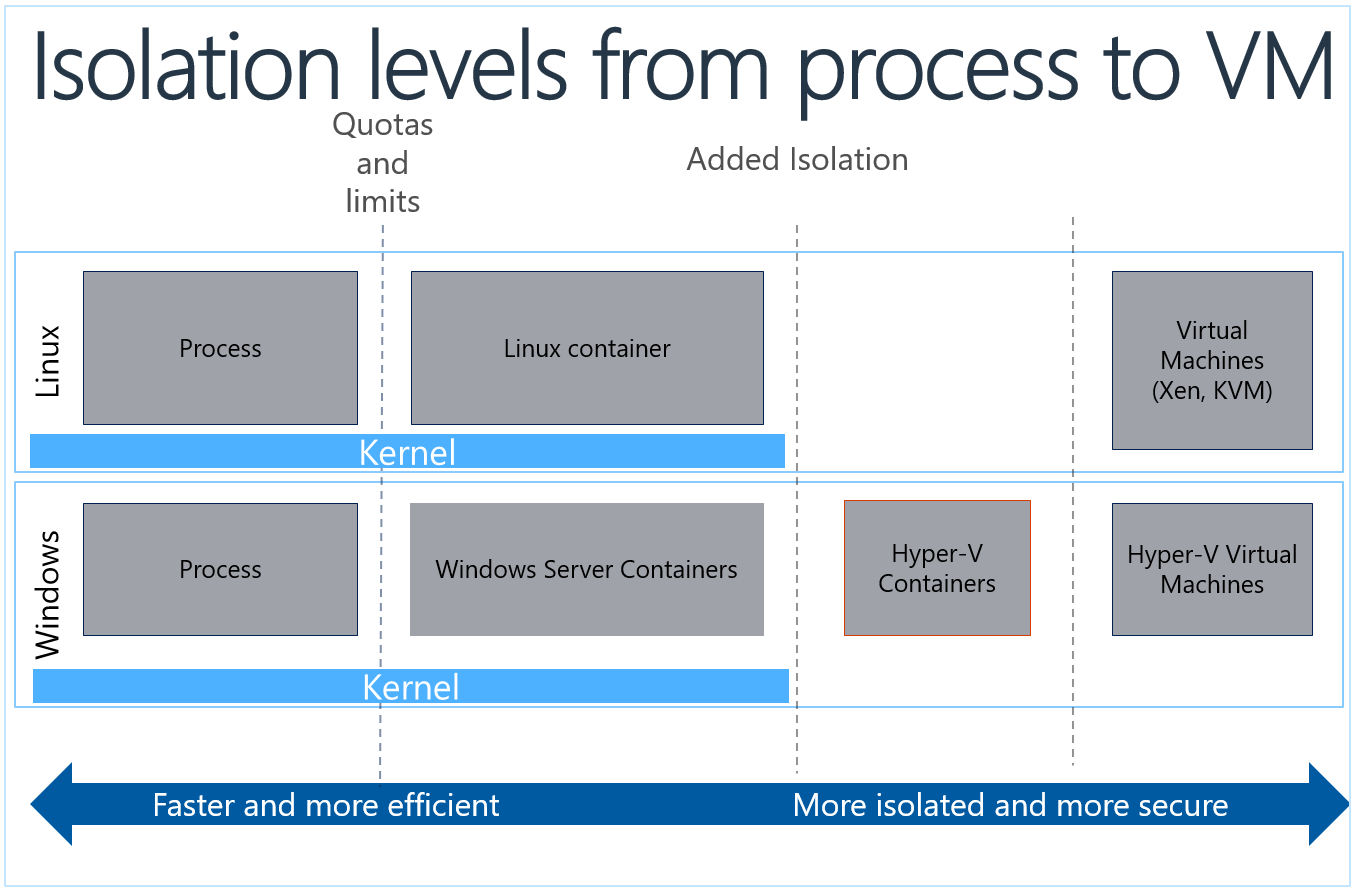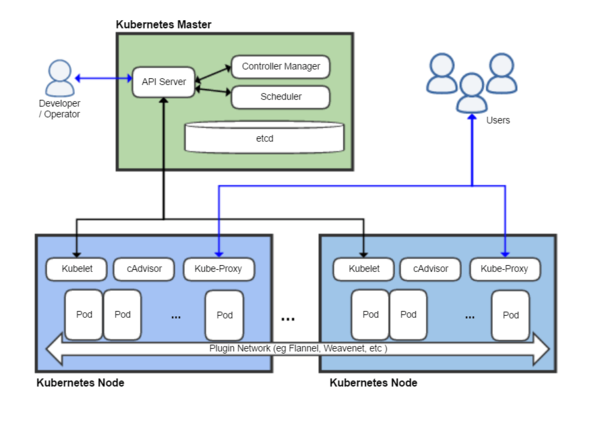- Docker Swarm Setup On Ubuntu
- Docker Swarm Setup
- Docker Swarm Setup Script
- Docker Swarm Setup
- Docker Swarm Setup Centos
- Docker Swarm Setup Step By Step
Overview of Docker Compose. Estimated reading time: 6 minutes. Looking for Compose file reference? Find the latest version here. Compose is a tool for defining and running multi-container Docker applications. With Compose, you use a YAML file to configure your application’s services. Docker Swarm is the Docker-native solution for deploying a cluster of Docker hosts. You can use it to quickly deploy a cluster of Docker hosts running either on your local machine or on supported cloud platforms.
Estimated reading time: 4 minutes
- Docker Swarm service discovery architecture. The Docker Swarm service discovery contains 3 different roles: nodes, services, and tasks. The first role, nodes, represents the hosts that are part of the Swarm. It can be used to automatically monitor the Docker daemons or the Node Exporters who run on the Swarm hosts.
- For Docker Desktop installation instructions, see Install Docker Desktop on Mac and Install Docker Desktop on Windows. Start the tutorial. If you’ve already run the command to get started with the tutorial, congratulations! If not, open a command prompt or bash window, and run the command: docker run -d -p 80:80 docker/getting-started.
Welcome! We are excited that you want to learn Docker.
This page contains step-by-step instructions on how to get started with Docker. In this tutorial, you’ll learn how to:
- Build and run an image as a container
- Share images using Docker Hub
- Deploy Docker applications using multiple containers with a database
- Running applications using Docker Compose
In addition, you’ll also learn about the best practices for building images, including instructions on how to scan your images for security vulnerabilities.
If you are looking for information on how to containerize an application using your favorite language, see Language-specific getting started guides.
We also recommend the video walkthrough from DockerCon 2020.
Download and install Docker
This tutorial assumes you have a current version of Docker installed on yourmachine. If you do not have Docker installed, choose your preferred operating system below to download Docker:
For Docker Desktop installation instructions, see Install Docker Desktop on Mac and Install Docker Desktop on Windows.
Start the tutorial
If you’ve already run the command to get started with the tutorial, congratulations! If not, open a command prompt or bash window, and run the command:
You’ll notice a few flags being used. Here’s some more info on them:
-d- run the container in detached mode (in the background)-p 80:80- map port 80 of the host to port 80 in the containerdocker/getting-started- the image to use
Tip
You can combine single character flags to shorten the full command.As an example, the command above could be written as:
The Docker Dashboard
Before going too far, we want to highlight the Docker Dashboard, which givesyou a quick view of the containers running on your machine. The Docker Dashboard is available for Mac and Windows. It gives you quick access to container logs, lets you get a shell inside the container, and lets youeasily manage container lifecycle (stop, remove, etc.).
To access the dashboard, follow the instructions for either Mac or Windows. If you open the dashboardnow, you will see this tutorial running! The container name (jolly_bouman below) is arandomly created name. So, you’ll most likely have a different name.
What is a container?
Now that you’ve run a container, what is a container? Simply put, a container issimply another process on your machine that has been isolated from all other processeson the host machine. That isolation leverages kernel namespaces and cgroups, features that have been in Linux for a long time. Docker has worked to make these capabilities approachable and easy to use.
Creating containers from scratch
If you’d like to see how containers are built from scratch, Liz Rice from Aqua Securityhas a fantastic talk in which she creates a container from scratch in Go. While she makesa simple container, this talk doesn’t go into networking, using images for the filesystem, and more. But, it gives a fantastic deep dive into how things are working.
What is a container image?
When running a container, it uses an isolated filesystem. This custom filesystem is provided by a container image. Since the image contains the container’s filesystem, it must contain everything needed to run an application - all dependencies, configuration, scripts, binaries, etc. The image also contains other configuration for the container, such as environment variables,a default command to run, and other metadata.
We’ll dive deeper into images later on, covering topics such as layering, best practices, and more.
Info
If you’re familiar with chroot, think of a container as an extended version of chroot. Thefilesystem is simply coming from the image. But, a container adds additional isolation notavailable when simply using chroot.
Docker Swarm Setup On Ubuntu
CLI references
Refer to the following topics for further documentation on all CLI commands used in this article:
 get started, setup, orientation, quickstart, intro, concepts, containers, docker desktop
get started, setup, orientation, quickstart, intro, concepts, containers, docker desktopEstimated reading time: 6 minutes
Looking for Compose file reference?Find the latest version here.
Compose is a tool for defining and running multi-container Docker applications.With Compose, you use a YAML file to configure your application’s services.Then, with a single command, you create and start all the servicesfrom your configuration. To learn more about all the features of Compose,see the list of features.
Compose works in all environments: production, staging, development, testing, aswell as CI workflows. You can learn more about each case in Common UseCases.
Using Compose is basically a three-step process:
Define your app’s environment with a
Dockerfileso it can be reproducedanywhere.Define the services that make up your app in
docker-compose.ymlso they can be run together in an isolated environment.Run
docker compose upand the Docker compose command starts and runs your entire app. You can alternatively rundocker-compose upusing the docker-compose binary.
A docker-compose.yml looks like this:
For more information about the Compose file, see theCompose file reference.
Compose has commands for managing the whole lifecycle of your application:
- Start, stop, and rebuild services
- View the status of running services
- Stream the log output of running services
- Run a one-off command on a service
Compose documentation
Features
The features of Compose that make it effective are:
Multiple isolated environments on a single host
Compose uses a project name to isolate environments from each other. You can make use of this project name in several different contexts:

- on a dev host, to create multiple copies of a single environment, such as when you want to run a stable copy for each feature branch of a project
- on a CI server, to keep builds from interfering with each other, you can setthe project name to a unique build number
- on a shared host or dev host, to prevent different projects, which may use thesame service names, from interfering with each other
The default project name is the basename of the project directory. You can seta custom project name by using the-p command line option or theCOMPOSE_PROJECT_NAME environment variable.
The default project directory is the base directory of the Compose file. A custom valuefor it can be defined with the --project-directory command line option.
Preserve volume data when containers are created
Compose preserves all volumes used by your services. When docker-compose upruns, if it finds any containers from previous runs, it copies the volumes fromthe old container to the new container. This process ensures that any datayou’ve created in volumes isn’t lost.
If you use docker-compose on a Windows machine, seeEnvironment variables and adjust the necessary environmentvariables for your specific needs.
Only recreate containers that have changed
Compose caches the configuration used to create a container. When yourestart a service that has not changed, Compose re-uses the existingcontainers. Re-using containers means that you can make changes to yourenvironment very quickly.
Variables and moving a composition between environments
Compose supports variables in the Compose file. You can use these variablesto customize your composition for different environments, or different users.See Variable substitution for moredetails.
Docker Swarm Setup
You can extend a Compose file using the extends field or by creating multipleCompose files. See extends for more details.
Common use cases
Compose can be used in many different ways. Some common use cases are outlinedbelow.
Development environments
When you’re developing software, the ability to run an application in anisolated environment and interact with it is crucial. The Compose commandline tool can be used to create the environment and interact with it.

The Compose file provides a way to document and configureall of the application’s service dependencies (databases, queues, caches,web service APIs, etc). Using the Compose command line tool you can createand start one or more containers for each dependency with a single command(docker-compose up).
Together, these features provide a convenient way for developers to getstarted on a project. Compose can reduce a multi-page “developer gettingstarted guide” to a single machine readable Compose file and a few commands.
Docker Swarm Setup Script
Automated testing environments
An important part of any Continuous Deployment or Continuous Integration processis the automated test suite. Automated end-to-end testing requires anenvironment in which to run tests. Compose provides a convenient way to createand destroy isolated testing environments for your test suite. By defining the full environment in a Compose file, you can create and destroy these environments in just a few commands:
Single host deployments
Docker Swarm Setup
Compose has traditionally been focused on development and testing workflows,but with each release we’re making progress on more production-oriented features.
For details on using production-oriented features, seecompose in production in this documentation.
Release notes
To see a detailed list of changes for past and current releases of DockerCompose, refer to theCHANGELOG.
Getting help
Docker Compose is under active development. If you need help, would like tocontribute, or simply want to talk about the project with like-mindedindividuals, we have a number of open channels for communication.
Docker Swarm Setup Centos
To report bugs or file feature requests: use the issue tracker on Github.
To talk about the project with people in real time: join the
#docker-composechannel on the Docker Community Slack.To contribute code or documentation changes: submit a pull request on Github.
Docker Swarm Setup Step By Step
documentation, docs, docker, compose, orchestration, containers



